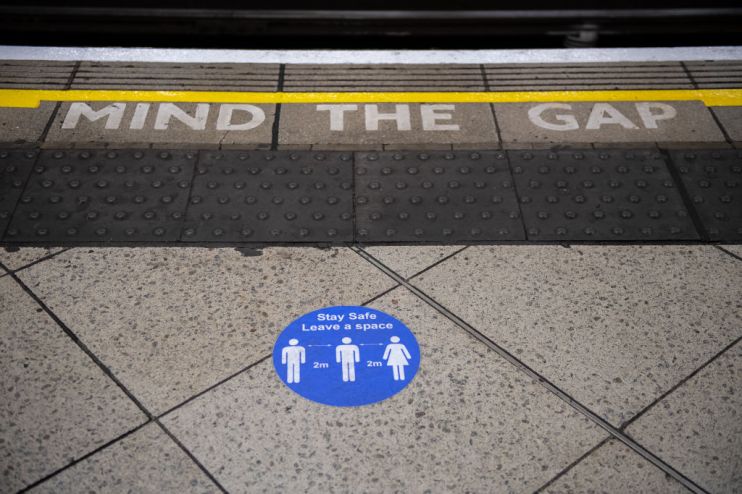We must find a new way of funding Transport for London

London without the tube would be like the Shard without any lifts.
And, just like the lifts in the Shard, it costs pretty much the same amount of money to run the tube every day, regardless of how many people use it. But unlike the lifts in the Shard (and unlike any comparable metro system in the world) the costs of operating the tube are fully covered by passengers’ fares. This presented an existential threat when Covid struck and ridership fell to just four per cent of its usual levels.
There is no public transport network in the world that has ridden this storm without a big chunk of emergency cash. In the coming weeks, the government will agree to continue providing financial support to Transport for London (TfL) for the second half of the financial year because the alternative is that London grinds to a halt.
Public transport is a public good, and even those who are not using it benefit from the efficiency and environmental benefits it brings. That is why other cities use taxation to subsidise their public transport networks.
So, it is essential that the government and the mayor agree to a new long-term settlement to keep TfL afloat and London moving.
There are three key sources of revenue on the table: users of the network; taxpayers; and the property assets that TfL owns. All have a role to play here.
Taking these in reverse order, TfL has extensive property holdings which range from underground spaces in some of the world’s most desirable retail locations through to car parks next to suburban rail stations. Selling these off to plug the current budget hole would be short-sighted in the extreme. Instead, TfL should continue the good progress it is making in commercialising these assets. This can help pay for transport services — there just aren’t enough assets to plug the whole funding gap.
Next is tax. The London government retains very little of the taxes that Londoners pay — about seven per cent of the capital’s tax payments stay in the city, compared to over 50 per cent in New York. This needs to change, so that London keeps more of the taxes raised here to pay for vital public services — a position that the Prime Minister vigorously supported when he was mayor.
And that takes us to transport users. One of the real benefits of having a directly elected mayor and an integrated transport authority like TfL is that we can look at transport holistically. London’s tube users pay more than their fair share towards the network, whereas road users are under-charged relative to costs of their journeys — not just road maintenance costs, but also congestion and pollution.
The congestion charge zone currently covers less than three per cent of London and is a blunt tool. The lack of flexibility in the system has led to other charges being layered on top, like those for the Ultra-Low Emissions Zone.
Few will cheer the introduction of new charges, but the stark financial realities mean that now is the time to develop a fair, nuanced and ultimately wider-reaching road pricing scheme for London. This will also help us meet our ambitious carbon reduction and air quality targets.
From his eight years in City Hall, the Prime Minister knows better than most that there are no simple solutions. Finding a sustainable settlement will require cooperation and goodwill from all involved.
But getting this right is fundamental to the government’s vision. Achieving net zero will require more public transport, not less. Building a Global Britain needs London to act as a welcoming front door to the world. And the UK’s post-Covid economic recovery will not be possible without a free-flowing and flourishing capital city.
Main image credit: Getty
